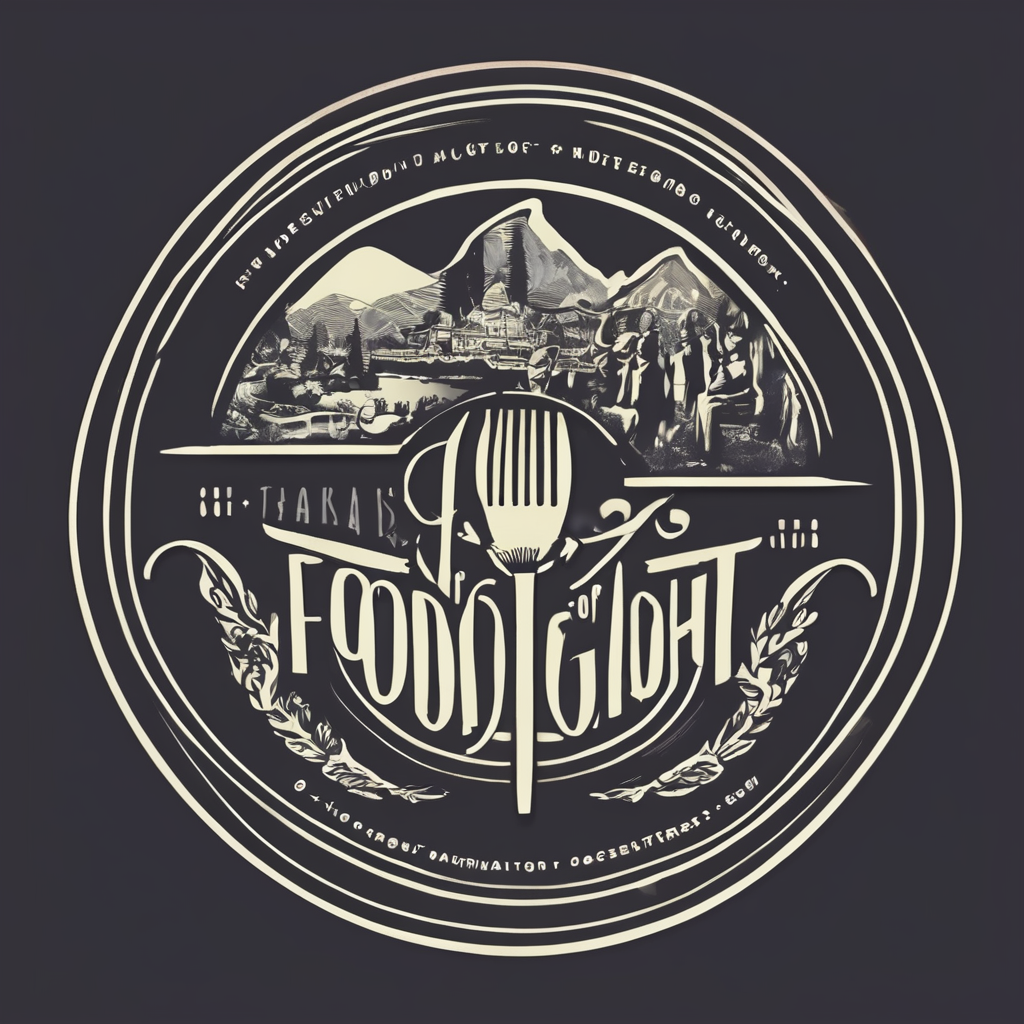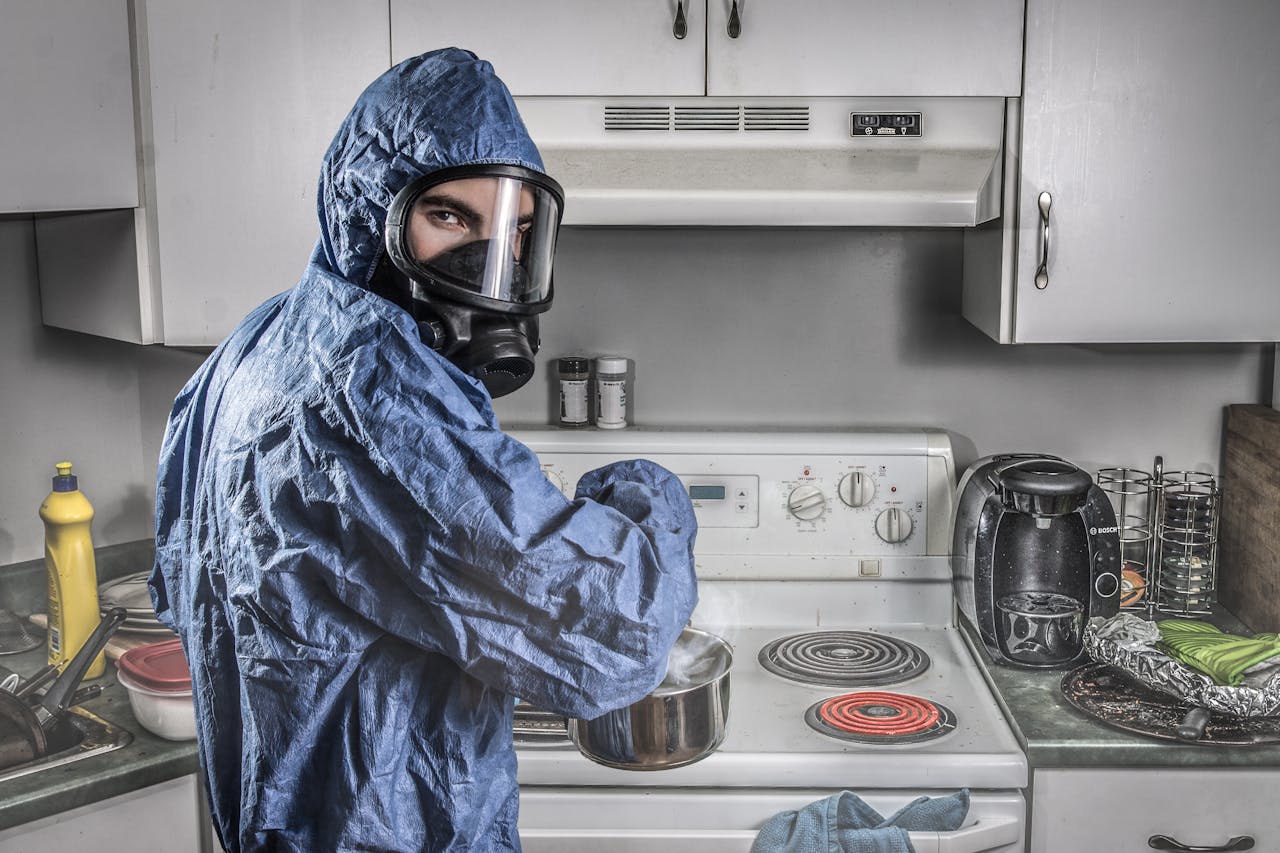In today’s culinary world, ensuring safety is a paramount concern. As you navigate through your kitchen, it’s crucial to consider not just the ingredients you’re using but the utensils as well. Cross-contamination can easily occur if you’re not careful, and this can lead to foodborne illnesses. Pivotal in this fight for food safety is the use of a color-coding system for your kitchen equipment, a simple yet effective way to prevent these mishaps.
The Importance of Color Coding in Your Kitchen
Imagine this scene: a bright red cutting board designated for raw meat, a green one for fruits and vegetables, and a blue one for prepared or ready-to-eat food. This vivid display of colors not only brightens up your kitchen but also serves a crucial purpose – preventing cross-contamination.
Also read : What is the most cost-effective way to upgrade kitchen fixtures?
Cross-contamination is the transfer of harmful bacteria from one food item to another. This usually happens when you use the same utensils or cutting boards for different types of food without proper cleaning. By assigning specific colors to certain types of food, you significantly decrease the risk of bacteria spread, leading to a safer cooking environment.
Understanding Your Color-Coded Equipment
In the professional culinary world, a universal color-coding system is employed to avoid mix-ups. Here’s a quick guide to familiarize you with the color codes:
Topic to read : What is the most cost-effective way to upgrade kitchen fixtures?
- Red: Raw meat
- Blue: Raw fish
- Yellow: Cooked meat
- Green: Salad and fruits
- Brown: Vegetables
- White: Dairy and bakery
While this system is mostly used in commercial kitchens, it’s also beneficial to apply it in your home kitchen. By using these color-coded utensils and cutting boards, you can ensure that the equipment used for raw meat won’t cross paths with the ones used for vegetables, for example.
Proper Usage of Color-Coded Cutting Boards and Utensils
Having the color-coded utensils and boards is one thing, but knowing how to use them properly is another.
Firstly, make sure that each color-coded cutting board and utensil is used exclusively for its designated food type. For example, if you use a red cutting board for slicing raw meat, do not use it for chopping vegetables. Even if you thoroughly clean it, there’s still a risk of bacterial residue, which can lead to cross-contamination.
Secondly, proper cleaning should be observed. After every use, wash your cutting boards and utensils thoroughly with warm, soapy water. Rinse them well, and let them air dry or pat them dry with clean towels. Proper cleaning and drying are crucial to preventing bacterial growth.
Implementing Color Coding System in Your Kitchen
The key to successfully implementing the color-coding system in your kitchen is consistency. Once you’ve assigned a color to a specific food type, stick to it. Make sure all members of the household understand the system and its importance.
Start by investing in color-coded cutting boards and utensils. They are readily available in most kitchenware stores or online. If it isn’t feasible to purchase new equipment, consider using colored stickers or markers to differentiate your existing utensils and boards.
Along with using color-coded equipment, maintain a strict discipline of cleanliness in your kitchen. Regularly clean and sanitize all your kitchen surfaces. Make sure to always wash your hands before and after handling different food types.
Extra Measures for Food Safety
Even with a color-coding system, it’s important to take extra measures for food safety. One crucial step is proper food storage. Raw and ready-to-eat foods should be stored separately to avoid cross-contamination. Raw meats should be stored at the bottom of the fridge to prevent juices from dripping onto other food.
Another measure is using separate knives for different food types. This is especially important when handling raw foods, as bacteria from these can easily contaminate other foods.
By implementing these measures along with a color-coding system, you can ensure a high level of food safety in your kitchen. Remember, a safe and clean kitchen leads to delicious and healthy meals. It’s a simple measure that goes a long way in ensuring your family’s health and safety.
Additional Benefits of Colour-Coded Kitchen Tools
Integrating a colour coding system in your food preparation process offers benefits beyond food safety. First, it enhances the overall efficiency of your kitchen. By having a designated cutting board or utensil for each food type, you avoid confusion and save time spent on washing and switching tools in between tasks. This way, you can focus more on the actual cooking process and less on peripheral tasks.
Secondly, it promotes a culture of cleanliness and order in your kitchen. With colour-coded tools, everyone is encouraged to respect the assigned colours and their corresponding uses. Not only does this prevent cross-contamination, it also encourages responsibility and mindfulness in the kitchen. This is particularly useful in a commercial kitchen where multiple staff members are working simultaneously.
Finally, a colour coding system can also serve as a visual teaching tool for children. By introducing them to the system, they learn not only about the importance of food safety and hygiene but also about organization and discipline. This makes the colour coding system a great learning opportunity for the younger members of the family.
The Future of Colour Coding in Food Businesses
Colour coding in kitchen utensils and cutting boards has already gained wide acceptance in the commercial kitchen realm. More and more food businesses are incorporating this system in their operations, fully understanding how it can prevent cross-contamination and improve food safety.
Restaurants, hotels, catering services, and even food processing companies are investing in colour-coded tools. They are also training their staff about the importance of adhering to this system. This shows a promising trend towards a universal adoption of the colour coding system across the food business industry.
Given its success, we can expect more innovations to spring from this concept. For example, we might see the development of more sophisticated colour-coded tools or the integration of this system into kitchen appliances. There is also the potential for digital solutions, like mobile apps or software, that can further streamline the process and ensure compliance to this system.
Conclusion: Embracing the Colour Coding System
In conclusion, the benefits of using a colour-coded system in your kitchen, whether it be at home or in a commercial setup, are manifold. Not only does it significantly reduce the risk of cross-contamination, it enhances kitchen efficiency, promotes cleanliness and order, and can serve as an educational tool.
However, remember that the colour coding system is just one of many steps in ensuring food safety. Other measures, such as proper food storage, regular cleaning and sanitizing of kitchen surfaces, and frequent hand washing, should also be observed.
While it may take some time to familiarize yourself with the colour codes and consistently implement them, the effort will surely pay off. It’s a small change in your kitchen habit that can lead to a big impact on your food safety. As the saying goes, "An ounce of prevention is worth a pound of cure." In this case, a dash of colour could be what keeps harmful bacteria at bay.
Embrace the colour coding system and make it an essential part of your kitchen routine. In doing so, you’re not just preparing food, but ensuring the health and safety of everyone who will enjoy your meals.






